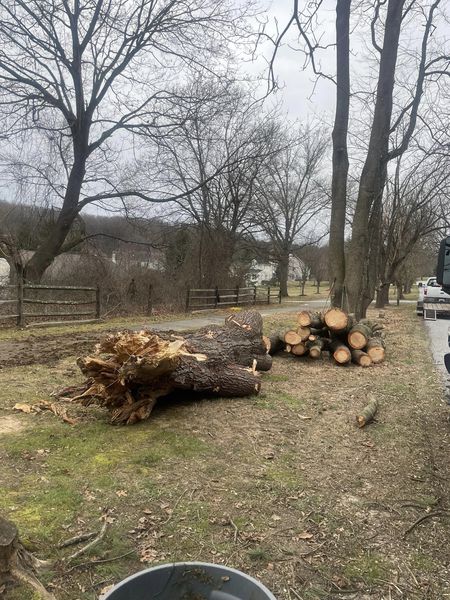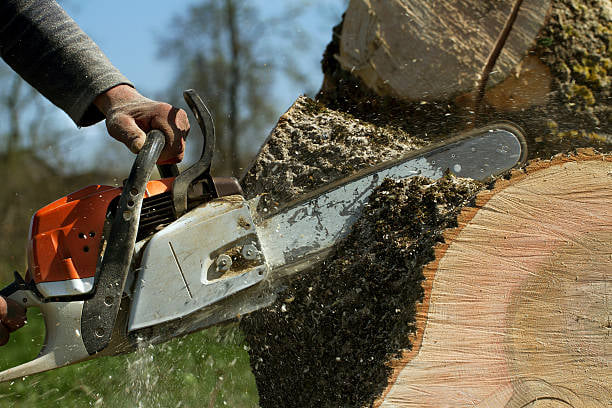Trees serve a vital role in today’s environment. They provide humans and vegetation with shade, help clean the air, and add to the beauty of nature. While many trees grow in the wild without human interference, they often benefit from some help. When one or more trees are located on a publicly or privately owned property, the owner wants to ensure they look their best and thrive. Trimming the tree can be of help in achieving this goal.

However, a person shouldn’t trim a tree whenever it is convenient for them. They need to follow the best practices about Ridge Tree Trimming Service to protect the health and aesthetics of the trees being cared for. The following seasonal guide to tree trimming becomes priceless when this work needs to be done.
Why Do Trees Need to Be Trimmed?
Why would anyone want to trim a tree? There are no humans where trees grow unencumbered, and the trees survive and often thrive. Three reasons come to mind when a person considers why it might be beneficial to trim or prune a tree.
A person might want to clean up the tree and provide it with a more visually appealing shape. Doing so often benefits the entire landscape. Other men and women find they must trim the tree to remove dead branches and other safety hazards. They may also need to remove the branches because they obstruct vision. However, if the branches sit near or on power lines, call the utility company. No person should work around live wires unless they are trained to do so.

Trimming may become necessary if the tree is diseased. Removing part of the crown also improves the health of the tree by providing more airflow. Any branches that cross or rub against one another should be trimmed for health reasons, as well. Pruning the branches safeguards the tree’s structural integrity.
When to Trim Based on Tree Type
Owners need to consider the types of trees they have to determine when to trim each one. Spring is an excellent time to prune flowering, deciduous, and fruit trees. Use sharp tools that are clean when trimming the trees, and cut right by the branch collar. Avoid over-trimming to prevent damage to the tree.
Wait until summer arrives to trim evergreens and trees that grow slowly. Now is a good time to prune trees that bloom in spring. Do so once they finish flowering to avoid harming them. Don’t prune them excessively because this stresses them.
Assess all trees on the property when cooler weather arrives. Address any pest infestations or storm-damaged trees before winter sets in. Once the leaves have fallen from deciduous trees, look for any problems hidden by the foliage and determine if the trees need trimming. Take care when pruning during the fall months, as the weather may not cooperate. Always prioritize safety when Ridge Tree Trimming Service, regardless of the time of year.
Don’t trim late-flowering trees until winter arrives. Once it turns cold outside, prune the trees. Waiting for cooler weather ensures they are no longer in the blooming portion of their lifecycle. Any trees that are prone to diseases should be pruned during the winter months because the cold weather reduces the risk of the diseases spreading to nearby trees. Now is the perfect time for structural pruning to address problems that might weaken the tree.

A trained arborist is a great partner when it comes to caring for trees on a property. Work with one of these professionals to keep these wonders of nature safe from harm. Healthy trees enhance a property’s curb appeal, clean the air, and provide shade, among other things. Humans need to protect and care for them to ensure they can do these jobs. Pruning goes a long way to achieving this goal.


